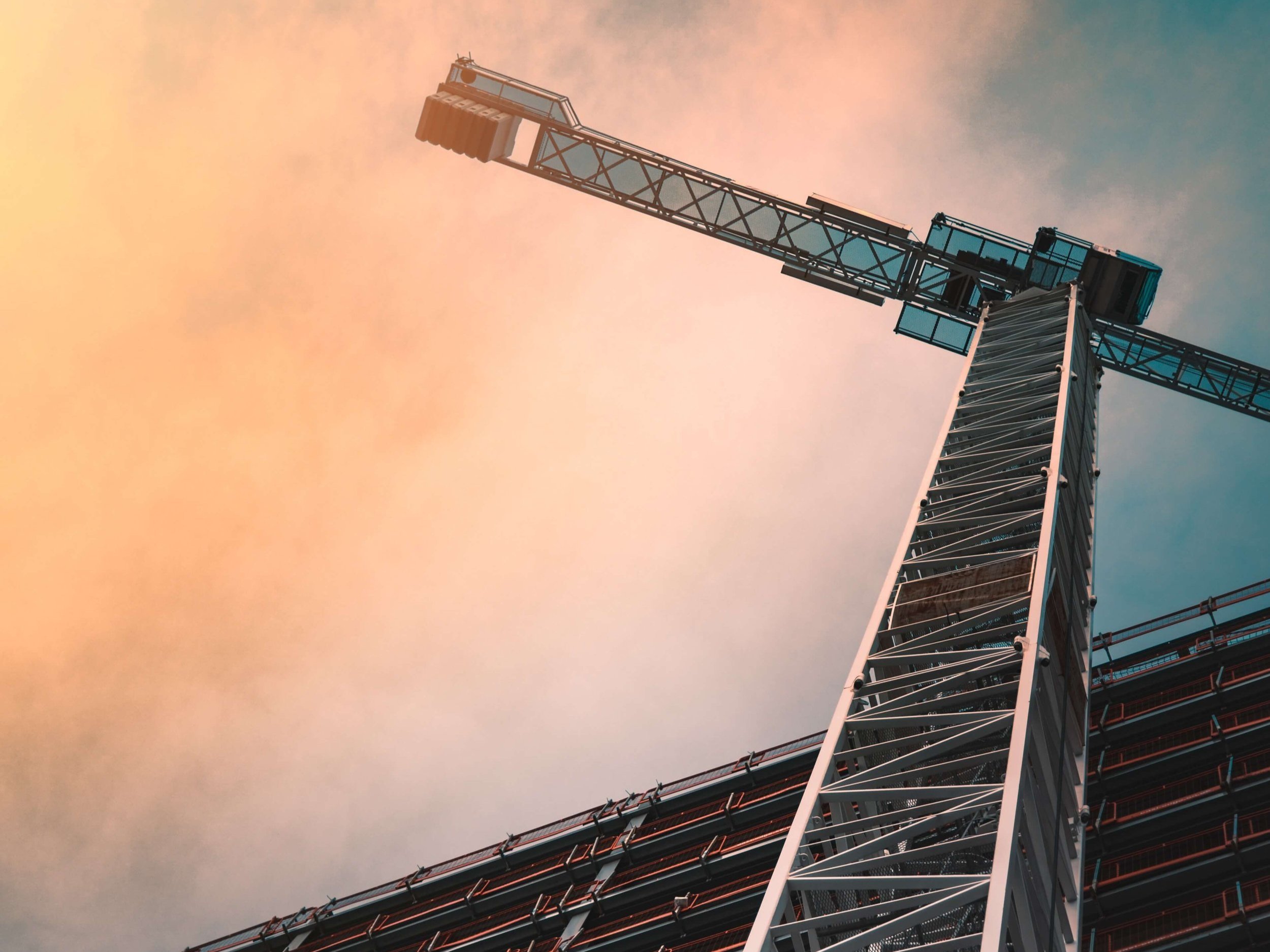How to Ensure Your Construction Site is Upholding OSHA Standards
The Occupational Safety and Health Association (OSHA) is the main government body establishing and enforcing workplace regulations. Construction industry leaders face an uphill battle trying to keep track of the organization’s ever-changing guidelines. Here’s how managers can ensure their employees and sites continue to uphold OSHA’s standards.
Adhering to OSHA’s Standards
Construction site managers must closely follow OSHA’s changing attitudes about different risks. Here are some key strategies and technologies managers should apply to maintain compliance.
1. Preventative Equipment Maintenance
Preventative maintenance becomes more critical as worksites adopt more advanced equipment and technology. IoT equipment monitors can send real-time alerts when a machine needs care, allowing workers to make more timely and accurate repairs.
Such a streamlined maintenance process would reduce the number of breakdowns and keep everyone near the machines safe. Plus, if a disruption occurs, managers can look back on who was in charge of fixing the problem. This information would be instrumental in helping to find the source of an OSHA violation.
2. Upgraded Protective Features
Hard hats, gloves, vests, and other standard protective gear now have high-tech additions. Wearable devices such as earpieces, wristbands, and helmets can detect emerging risks and alert workers before disaster strikes.
Wearables today can analyze vital signs such as heart rate and body temperature, monitor the laborer’s health, and ensure they’re fit to keep working. When they detect a worrisome health risk, they alert the employee and manager of the problem. This new technology can revolutionize safety in all hazardous work environments, not just construction.
3. Employee Training
Every employee on the site must appreciate all the risks and their consequences. This appreciation comes from a thorough training program, including instructions on equipment operation and worksite organization. For starters, labeling different areas and items can help new hires familiarize themselves with the site, keep their work areas organized, and avoid significant accidents.
Another crucial aspect of employee training is instilling strong communication skills.
Communication has traditionally been a weak point for the construction industry, but that’s starting to change.
Laborers can now use real-time data captured from cloud-based management software to make more informed decisions about their worksites. This technology enables managers to identify and monitor areas of improvement using accurate information. It can also make worksites safer in the long run by revealing new safety hazards as they emerge.
Other growing technologies like Internet of Things sensors, virtual reality and augmented reality provide even more effective training and communication resources. Data is easier to gather and share than ever, helping keep everyone up-to-date on new risks and policies.
OSHA’s Top Priorities
Construction site hazards come in many shapes and sizes, but several serious risks tend to stand out. Sometimes new threats gain publicity from a fatal workplace disaster or another newsworthy event, causing OSHA to change its priorities. The recent emphasis on sanitation due to the COVID-19 pandemic is a prime example.
There are strict consequences for not following OSHA’s standards. Aside from endangering the crew’s lives, employers could face hefty fines of up to $70,000 per violation. They may even spend a minimum of six months in jail for willfully violating the rules.
Currently, these are the areas, items, and operations on construction sites OSHA takes the most seriously.
1. Unstable Surfaces
With many unstable and uneven surfaces around the site, workers are prone to losing their footing. Stairways and ladders are two of the most common places where construction injuries occur. Worksites with temporary scaffolding structures are also more dangerous than other sites because of the increased risk of falling from a great height.
2. Tools and Equipment
Every construction site has miscellaneous power tools and other handheld devices. It’s easy for inexperienced or distracted workers to mishandle these tools and injure themselves. OSHA also lists these types of equipment as legitimate risks:
Bulldozers
Cranes
Derricks
Hoists
Conveyor belts
These pieces of equipment all involve moving heavy objects across long distances, often putting the driver and bystanders in harm’s way.
3. Dangerous Manual Tasks
Trenching and excavation are two of the most hazardous jobs on construction sites. They involve heavy equipment and often put workers in precarious positions. Construction workers are also vulnerable to electrocutions, burns, fires, and explosions when installing electric appliances.
Any task that involves sharp objects or high heat can also be extremely dangerous. Cutting, welding, and brazing are the most likely jobs to cause injuries.
4. Hazardous Substances
OSHA lists crystalline silica, concrete, and masonry products as the most common hazardous substances. Frequent silica exposure is closely linked to an increased risk of lung cancer and could cause other health problems if accidentally inhaled or ingested. Working with concrete and another masonry often causes skin irritation that could lead to permanent scarring, skin grafts, or even amputation.
5. Confined Spaces
Construction workers often perform tasks in confined spaces. A workspace must check three boxes for OSHA to consider it a confined space:
Large enough for an employee to enter
Limited means of entry or exit
Not designed for continuous occupancy
Confined construction spaces include utility holes, crawl spaces, septic tanks, and similar areas. Workers in these spaces are vulnerable to physical and atmospheric hazards.
6. Motor Vehicles
Aside from heavy machinery on the job site, other motor vehicles pose a serious threat. Busy roads and highways are the most lethal environments for construction workers. An average of 123 workers die yearly on road construction sites in the United States. The employees are surrounded by vehicles moving at 50 or more miles per hour and have little space to maneuver.
New Standards Call for New Technology
OSHA will continue implementing new standards as the organization gathers further information about workplace risks. Construction site managers must respond to these new standards by adopting new training strategies and — more importantly — new technology. Cloud-based technology, IoT monitors, and wearable devices are changing how the construction industry identifies and mitigates safety hazards.
Author: Rose Morrison







